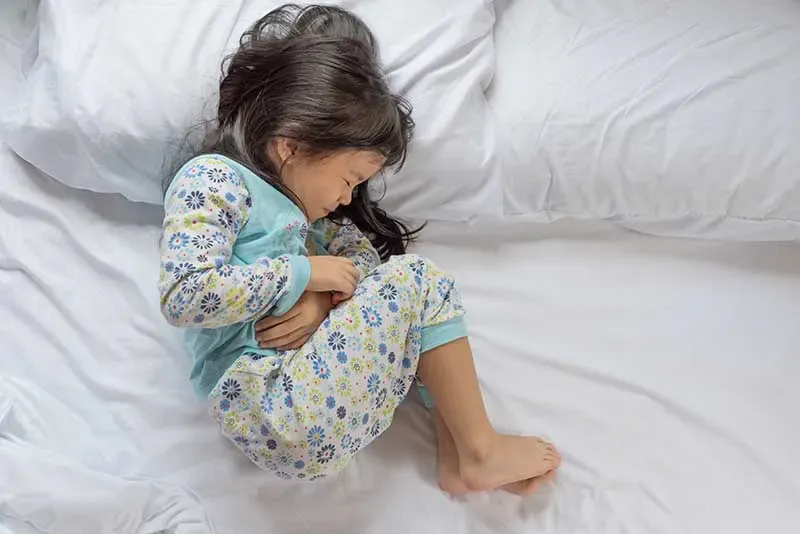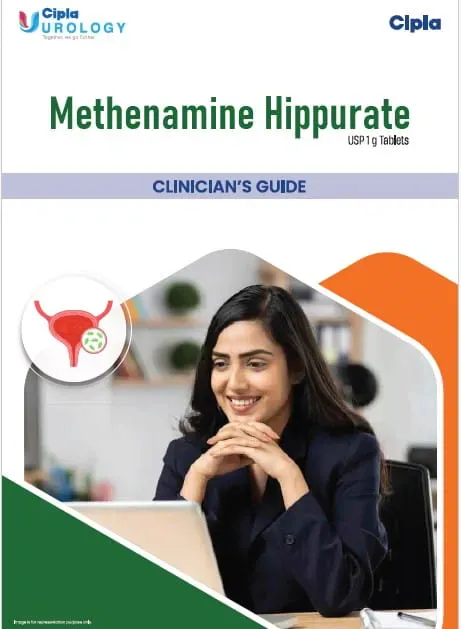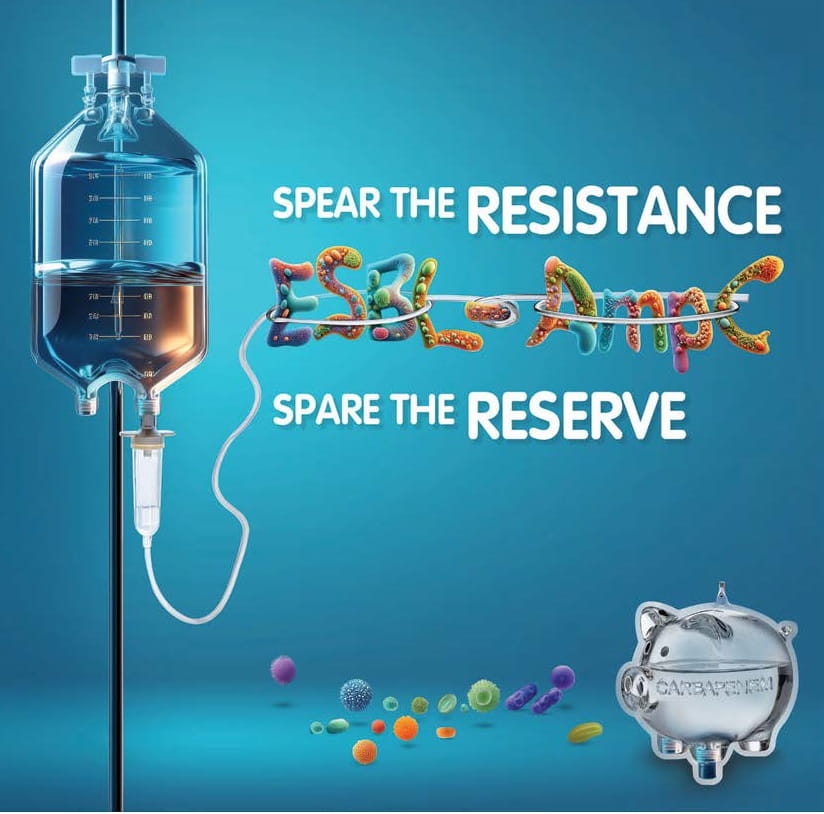AAP 2025: Urological Disorders in Children
Urinary Biomarkers of Renal Injury and Association with Fluid Overload in Extremely Premature Neonates in First 72 Hours of Life
Presenter: Rita Wyrebek
Acute kidney injury (AKI) is recognized as common in extremely premature neonates, but serum creatinine (sCr) was limited by maternal influence and fluid overload (FO) in the first 72 hours of life.
To address this limitation, urinary biomarkers of renal injury (uBRI) were evaluated for correlation with FO. A secondary analysis was conducted using cryopreserved urine specimens from neonates <28 weeks gestational age , collected serially at <12h, 24h, 48h, and 72h ±6h. Targeted multiplex testing (ProcartaPlexTM Human Kidney Toxicity Panels 1 & 2) was performed in duplicate and adjusted to urine creatinine. FO was calculated by daily weight change from birth and categorized as ≤-5% (FO-), -5 to +5%, or ≥5% (FO+).
Among 24 neonates, 10 (42%) were FO-, 7 (29%) were FO+, and 2 (8%) met stage 1 AKI criteria by change in sCr. Compared with FO-, FO+ neonates had lower birth weight Z-scores, were more often small for GA, more frequently received vasoactive infusions, and less frequently received indomethacin and gentamicin. Cystatin C (ρ=0.82, p=0.02) and β-2-microglobulin (ρ=0.79, p=0.04) were strongly positively correlated with FO+, while α-1-microglobulin was moderately negatively correlated with FO (ρ=-0.46, p=0.02). Additional biomarkers (MCP-1, GSTA1, TIMP1, renin, calbindin) demonstrated directional but non-significant associations.
It was concluded that several uBRI correlated with FO during the transitional period in extremely premature neonates, warranting further validation for predictive and discriminatory performance relative to current indices of renal dysfunction.
Improving Antibiotic Stewardship in Suspected Pediatric Urinary Tract Infections: A Quality Improvement Project
Presenter: Samantha Lonergan
A multidisciplinary QI project using the Model for Improvement with Plan-Do-Study-Act cycles targeted pediatric UTI cases (ages 2 months–18 years) diagnosed in the ED. UTIs were categorized as confirmed (>50,000 cfu/mL single species), negated (<10,000 cfu/mL), or unknown (no culture, polymicrobial, or 10,000–50,000 cfu/mL growth). Baseline data from 2023 guided root cause analysis and interventions, including PID review of negative cultures and clinician re-education by March 2024.
Post-intervention assessment in December 2024 showed antibiotic discontinuation in negated UTIs increased from 11% to 32% (p=0.019), with an odds ratio of 3.74 (1.18–11.9). Nearly 20% of suspected UTIs lacked culture data. Cefdinir (44%) and cephalexin (31%) were most prescribed, with broad-spectrum antibiotic overuse noted.
Evaluating the Prevalence, Risk Factors, and Resistance Patterns of Non-E. coli Urinary Tract Infections in Children: Who is at Risk and Why Should We Care?
Presenter: Renee Shavnore
An institutional database of culture-proven pediatric UTIs was analyzed, including 674 infections in 308 patients (81% female, median age 9 years, 18% with CAKUT). Multivariate analysis identified male sex (OR 2.2), CAKUT (OR 2.0), spinal abnormalities (OR 9.1), non-febrile presentation (OR 1.3), and active antibiotic use or prophylaxis (OR 1.8) as predictors of non-E.coli infections. E.coli UTIs showed higher resistance to ≥3 oral antibiotics (29% vs. 17%, p<0.0001). Non-E.coli isolates more frequently resisted nitrofurantoin, amoxicillin, and cephalexin but less so amoxicillin-clavulanate, TMP-SMX, and ciprofloxacin. These findings highlight the need to consider urologic disorders and resistance patterns when selecting empiric antibiotic therapy for pediatric UTIs.
American Academy of Paediatrics National Conference & Exhibition 2025 (AAP 2025), 26-30 September 2025, Denver




